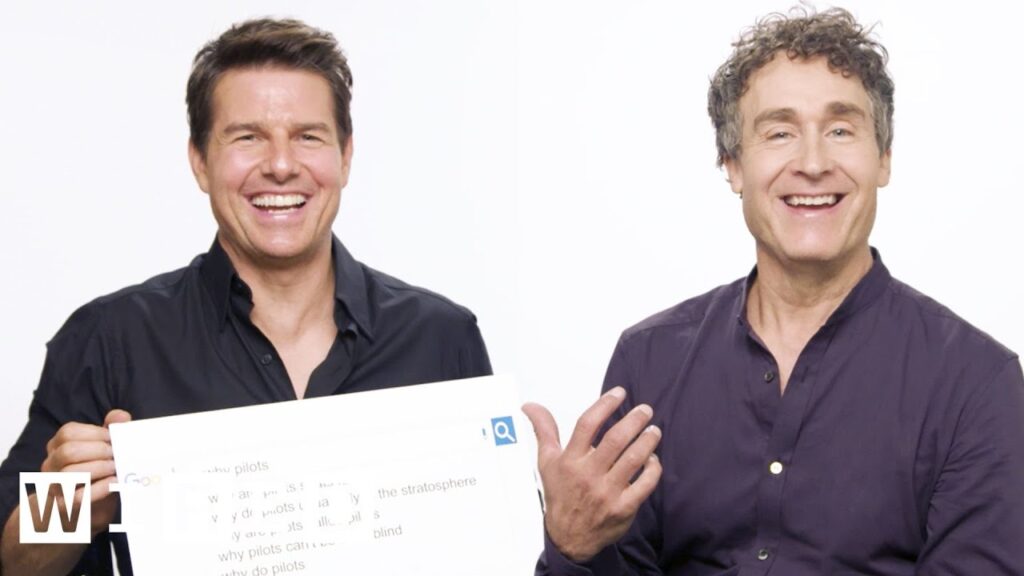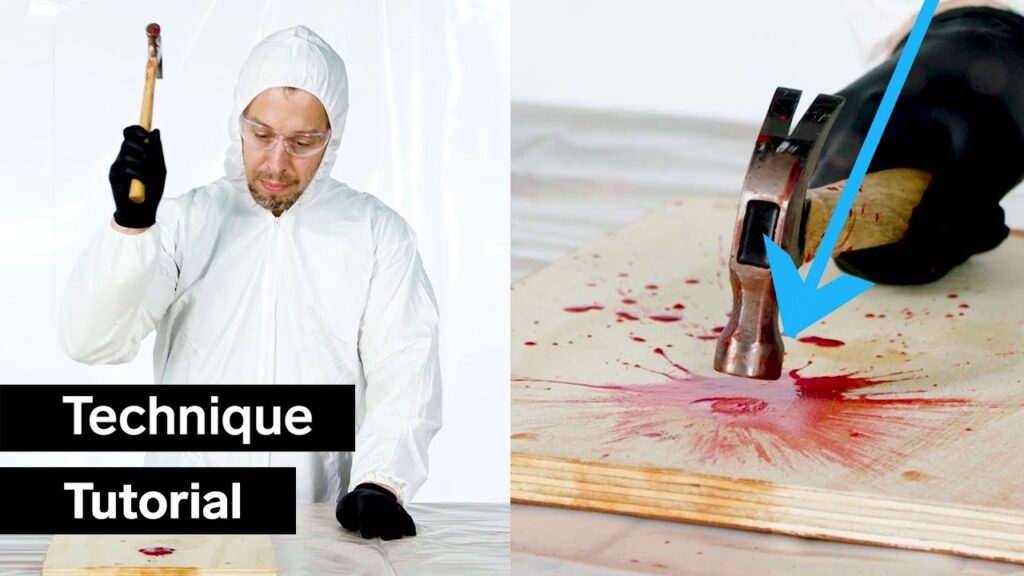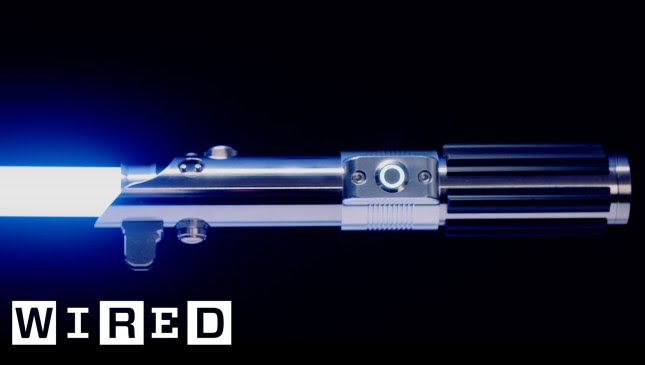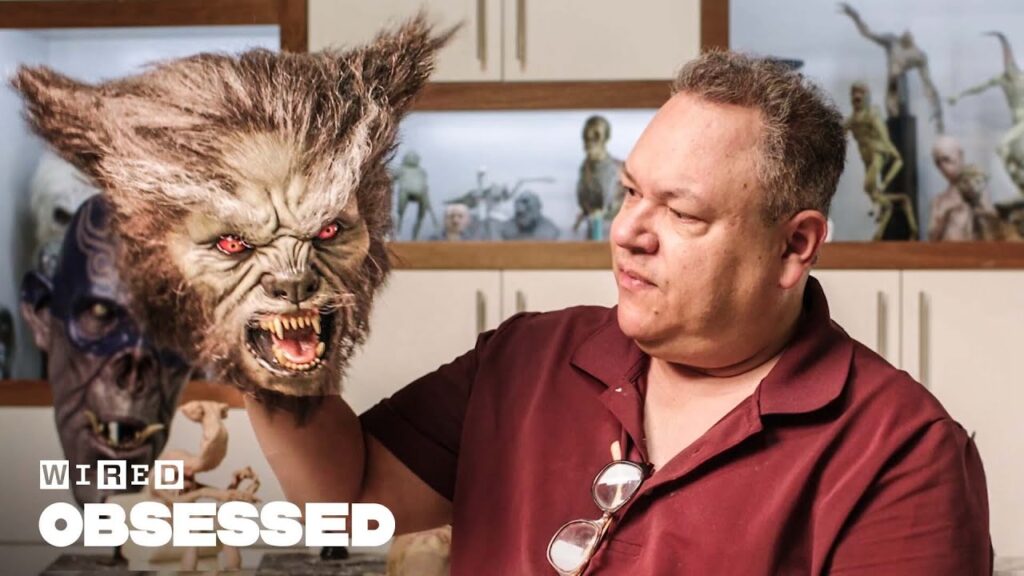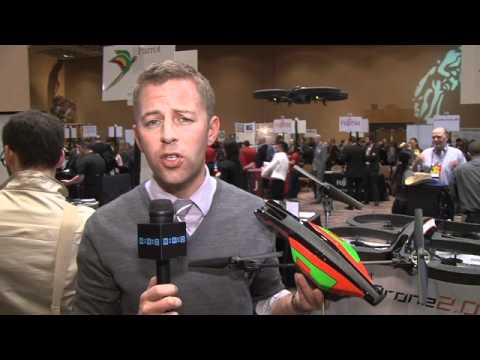Building a Backyard Roller Coaster: A Q&A with Will Pemble
Summary
Will Pemble, a trained engineer and carpenter, built a Gold Boss roller coaster in his Northern California backyard after his son expressed interest in having one. Pemble has since built five coasters and used a spreadsheet to calculate the physics of his creations, including a barrel roll, the most difficult and expensive part to build. Although not planning on adding an upside-down loop, Pemble draws on his experience in entrepreneurship and teamwork to advise aspiring homemade roller coaster builders to take things slowly, focus on math and design, and prioritize safety.
Table of Contents
- The Inspiration for a Backyard Roller Coaster
- Calculating the Physics of Homemade Roller Coasters
- The Hardest Part of Building a Barrel Roll
- Entrepreneurial Lessons from Homemade Roller Coaster Building
- Advice for Aspiring Homemade Roller Coaster Builders
Introduction
Roller coasters are exciting and thrilling sources of joy and adrenaline for many people. But what if you could build your own roller coaster in your backyard? Will Pemble did just that after his son expressed an interest in having his own roller coaster. Pemble has since turned his passion for homemade roller coasters into a leadership and teamwork training opportunity through his GoalBos consulting company. In this Q&A, Pemble shares his experiences building his homemade roller coasters and offers advice to those interested in embarking on a similar project.
Q&A
The Inspiration for a Backyard Roller Coaster
Q: What inspired you to build a roller coaster in your backyard?
A: My son asked for a roller coaster, and I thought it would be a fun father-son project. I had experience in engineering, carpentry, and welding, so I thought, “Why not?” And we jumped into the project, starting with a simple design and working our way up to more intricate coasters.
Q: How many roller coasters have you built, and what are some of their features?
A: We’ve built five so far in different styles and designs. One of our most famous is the Gold Boss, which is in my backyard in Northern California. The Gold Boss features a 65-foot drop, a 540-degree helix, and four turns. We also have a coaster with a corkscrew and another with a loop.
Calculating the Physics of Homemade Roller Coasters
Q: How did you calculate the physics of your homemade roller coasters?
A: We used a spreadsheet to calculate the physics of our coasters, including things like speed, velocity, and g-forces. We would take measurements of different parts of the coaster and plug them into the spreadsheet, and it would calculate the physics for us. We also consulted with engineers and other experts to ensure that our coasters were safe and structurally sound.
Q: What is the most difficult part of building a homemade roller coaster?
A: The most difficult part for us was building the barrel roll. It was the most expensive part of the coaster, costing around $10,000 in materials alone. It also took us the longest to build, around 300 hours of labor. But in the end, it was worth it because it makes the ride even more thrilling.
The Hardest Part of Building a Barrel Roll
Q: What was the process like building the barrel roll, and what were some of the challenges you faced?
A: The barrel roll was the hardest part of our Gold Boss coaster to build. It was the most expensive part, and it took the longest to build. We had to take a lot of measurements and make sure everything was structurally sound. But the most challenging part was fitting it in after the first drop. It makes the ride uncomfortable and almost dangerous in a good way, and only one person has ever ridden it, which was probably a mistake.
Q: What advice would you give to others who are interested in building a barrel roll in their homemade roller coaster?
A: Take it slow and be careful. Focus on the math and design, and make sure everything is structurally sound. Don’t ride it until you’re absolutely sure it’s safe. And have someone like Todd around, someone who can help you with the construction and offer advice.
Entrepreneurial Lessons from Homemade Roller Coaster Building
Q: How has building homemade roller coasters impacted your work as an entrepreneur and leadership and teamwork trainer?
A: Building homemade roller coasters has taught me a lot about leadership and teamwork. It takes a lot of collaboration and coordination to build a coaster, and it requires people to communicate effectively with one another. It’s also a great lesson in patience and perseverance, as building a coaster takes a lot of time and effort. These are all important skills for entrepreneurs and leaders to have, and I draw on these experiences in my work with GoalBos.
Q: What have you learned about risk-taking from building homemade roller coasters?
A: Building homemade roller coasters is all about taking risks. We took a risk in building our first coaster, and we’ve taken risks with each coaster after that. But we always prioritize safety and ensure that our coasters are as safe as possible. In entrepreneurship and leadership, it’s important to take risks, but it’s equally important to ensure that those risks are calculated and well-informed.
Advice for Aspiring Homemade Roller Coaster Builders
Q: What advice would you give people who are interested in building their own homemade roller coasters?
A: Take things slowly and focus on math and design. Make sure that everything is structurally sound and safe. Don’t ride your coaster until you’re absolutely sure that it’s safe. And have someone like Todd around, someone who can help you with the construction and offer advice. Building a homemade roller coaster is a big project, but it’s also a lot of fun and a great way to learn new skills and challenge yourself.
Conclusion
Building a homemade roller coaster is an exciting and daring project that requires careful planning, design, and implementation. Will Pemble, a trained engineer and carpenter, turned his passion for homemade roller coasters into an opportunity to learn and grow in entrepreneurship and teamwork. From calculating the physics of the coasters on a spreadsheet to building the hardest and most expensive part of the Gold Boss coaster, a barrel roll, Pemble shares his experiences and advice for aspiring homemade roller coaster builders. With patience, perseverance, and a focus on safety and math, anyone can build their own roller coaster and learn valuable skills along the way.
